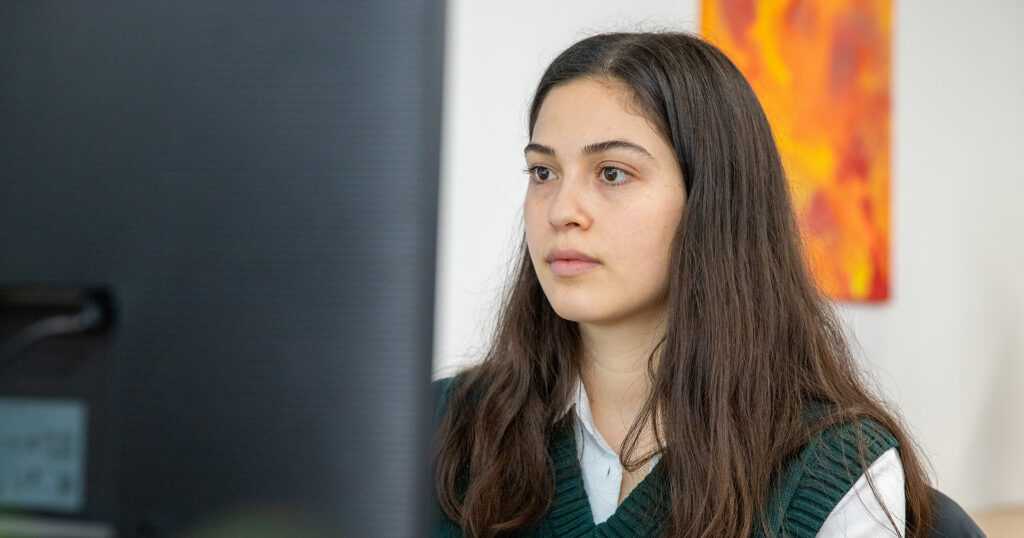Is communication really all that complicated? Mimi Werdegar tries to get her message across.
At a glance, the different modes of communication seem pretty straightforward. Need to ask a colleague a quick question? Go over to their desk. Need to send out a lengthy update? Send an email. Need to reach someone immediately? Call them.
But communication is a far more complex beast than just choosing the correct format. Each person communicates and receives communication in a different way. Some people need to talk through every detail of a project, some only want to know the bigger picture. Some prefer to start every conversation with small talk, some prefer to dive straight in. There is no one-size-fits-all approach for determining the most effective way we can communicate with our team. So, how can we figure out the best way to communicate with our team while maximising relationship building, efficiency, time, convenience, and honesty?

Luckily, there’s a simple answer to this perplexing question. The key to successful team communication comes down to understanding each person’s working and communication style. This does not mean doing a round-robin at the start of each workday (and describing what type of cloud we feel like today… yikes). What it does mean is taking the time to understand our own style and our teammates’ styles, and then finding the strategy that works best for our team’s unique group of people.
This can be done with psychometrics. Psychometric assessments provide a deep understanding of how someone’s personality preferences relate to their work style and approach to teamwork. They do not measure capability. Teams can benefit from doing psychometrics because each person will have insight into every individual’s motivations, priorities, fears, and limitations. While it’s usually difficult to first understand and then explain to others why we function the way we function, psychometrics translate complicated human behaviours into a common language that others can understand.
A psychometric tool we use with many clients is called DISC. Whilst it involves some generalisations, we find it’s broadly accurate and can be remembered and utilised beyond the few hours spent thinking about it in a workshop.
The DISC model presents four primary personality styles:
Dominance
Influence
Steadiness
Conscientiousness
Dominance
Ds are typically direct and firm, motivated by winning and success.
Influence
Is are usually outgoing and enthusiastic. They’re great at building relationships and want others to know it.
Steadiness
Ss tend to be patient and even-tempered; they will be our calm during a storm.
Conscientiousness
Cs are known for being analytical and precise. They enjoy taking opportunities to use expertise or gain knowledge.
Do any of those already sound familiar, for ourselves or a colleague?
It’s important to note that each profile type is equally valuable. Teams will always have a diverse range of profile types, which is actually beneficial — diverse teams have been proven to solve problems faster, are better at decision-making, and produce higher revenue.
Knowing which category our teammates fall into allows us to tactfully tailor any information we need to relay to them. For instance, let’s say a project came up unexpectedly and we need to delegate it to someone to finish by the end of the week.
Once we know what someone else values and prioritises, we can communicate with them in a way that resonates. Both parties can cut through the noise and talk about what truly matters and what they care about. Taking the time to get to know our team on this deeper level will lead to stronger relationships, improved collaboration, and brighter successes.
This article features in the July issue of our quarterly publication Imagine Magazine. Get your free copy and dive into more insights on the topic of Brighter Teams.
